Let’s play a guessing game: I’m a dangerous force threatening Americans’ health, safety and way of life. We largely rely on government agencies to monitor and manage me. What to do about me is still a matter of debate, as is the severity of the menace I actually create. The media is likely sensationalizing the threat. A new study suggests I’m “not as bad as originally thought,” that reports of the devastation I’m causing were “premature,” and that if you’re outside a specific subset of people I disproportionately affect, you wouldn’t know I exist. Still, there are interactive maps to track my movement, and I’m reported to be related to a new, “hard-to-eradicate, super” strain invading from a foreign country.
What am I?
Yep, you guessed it. I’m a feral pig.
Feral pigs (or hogs, if they get up to 200-plus pounds) are the new Covid. Or perhaps the old Covid, as Terry Wieland, shooting editor of Gray’s Sporting Journal, reported a decade ago on the “almost universal infestation of feral hogs across the South, described in terms of ‘plague’ and ‘war.’”
Back in 2014, the “dreaded wild” hog was “rooting, snorting, trampling, devouring, dismembering and generally making itself disagreeable,” as Wieland described it.
Ten years later, the wildlings are “trampling, digging and eating their way through a growing number of farms,” says a Louisiana report, and causing an estimated “$2.5 billion in damage annually,” according to USDA data.
“Feral hogs [are] terrorizing homeowners,” an Orlando news station reported in February. (But really, what in Florida, the land of alligators, bears, panthers, about four million poisonous frogs, snakes and nursing-home fugitives, gay cartoon mice and Florida Man, isn’t terrorizing homeowners?)
In Louisiana, the USDA says, the critters cause more than $90 million worth of damage to farms and ranches annually, while Texas A&M reports these hellions can cost individual Texas agriculture producers “upwards of $200,000” each year.
The AP also helpfully alerts us that wild pigs roaming Alberta, Saskatchewan and Manitoba, “often crossbreeds that combine the survival skills of wild Eurasian boar with the size and high fertility of domestic swine to create a ‘super pig’ that’s spreading out of control,” pose a threat as “the most invasive animal on the planet” and as an “ecological train wreck” bearing down on Minnesota, North Dakota and Montana.
What’s more, wild hogs are now said to be present in more than 20 percent of Pennsylvania counties. A Penn State University “swine expert” tells me that as the climate warms, the sharp-tusked animals — they can grow to five feet in length and up to 400 pounds, with speeds capable of thirty miles per hour — are moving north.
So, what should be done to address these undocumented migrants?
Toxicants are available “to help farmers [and] ranchers control feral hogs,” claims the Texas Farm Bureau.
Yet, “poison is not the answer,” counters Kerry Matlock, who’s been encouraging folks to “bag your boar, bring your bow, lock and load, let the fun unfold, hear them squeal and hear them holler” as the owner of Hogwalla Outfitters, LLC, which has guided hog hunts in Plain Dealing (yes!), Louisiana for eleven years now. He believes putting a bounty on hogs, as Louisiana did years ago to get rid of the invasive nutria, would do the trick.
In 2014, Wieland agreed, writing, “For farmers and wildlife managers, there is no easy solution. Obvious possibilities are hunting and trapping. Poison is an option that is discarded almost as quickly as it is considered. Similarly, introducing a predator species like timber wolves is such a bad idea it can be ruled out with a moment’s reflection by anyone familiar with wolf behavior.”
Matlock is sixty-one, and tells me, “As a kid we had hogs, but not like we’ve got ’em now.” He blames it on people who liked hunting hogs with dogs, would catch them alive, tie them up and release them, so that they’d have more to hunt in the future.
Still, the pests are lucrative, at least for the hunting business. Matlock is booked up until 2025. His outfit kills between 300 and 500 hogs a year (though he’s closed November-January), mostly with “people from up north who don’t have hogs,” but also with plenty of visitors from “Sweden, Germany, Canada, the UK, all over. There’s something about it — they just want to say they killed a hog!”
Wieland recommends firing submachine guns from helicopters while playing “Ride of the Valkyries” at 150 decibels as a way “to fulfill all kinds of fantasies.” But this method, he acknowledges, might not be the most productive way to eradicate wild hogs.
Instead, he advises, creep out into a field after dark with an AR equipped with infrared sights, and “just drop ’em when you see them.”
“The first thing you have to do in hunting them is check any sense of ethics at the door,” Wieland tells me. “All’s fair in hog hunting. If you have a submachine gun, all the better.”
Matlock and Wieland attest these creatures are excellent eating. “Fry ’em up!” as you would any other type of pork, says Matlock. But don’t, cautions Wieland, consider when you eat them what they themselves eat: “roadkill, dead deer… each other.”
Wieland thinks the feral hog epidemic is a repeat of the Africanized so-called “killer bee” panic of yore. “You don’t see any of the dire consequences that were predicted.”
Still, if the feral hog “problem” means shooting stuff in Louisiana with Kerry Matlock, whom I’ve never met but treats me like a Sunday-after-church kinda friend over the phone, then breed away!
“Ah, Lord, ha! If you want to shoot hogs, this is the place to do it. We got ’em!”
This article was originally published in The Spectator’s April 2024 World edition.



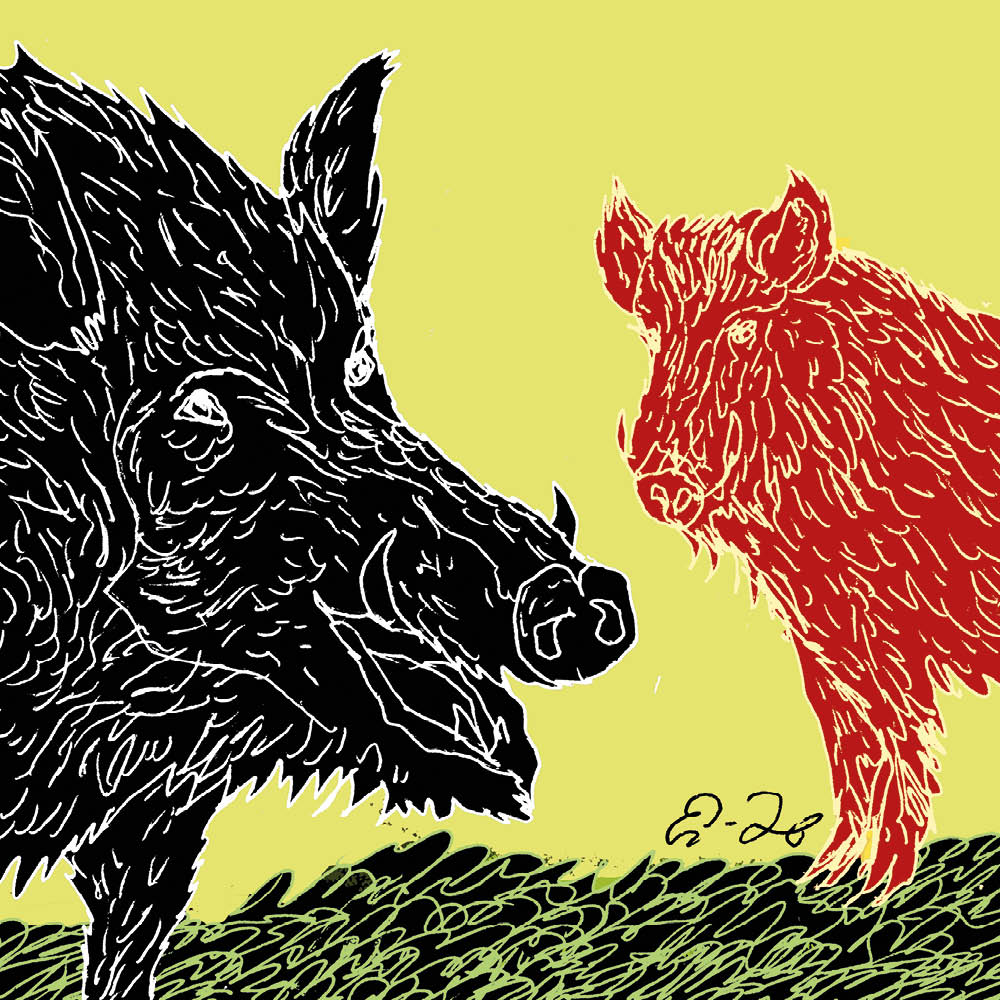






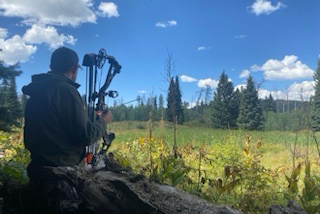
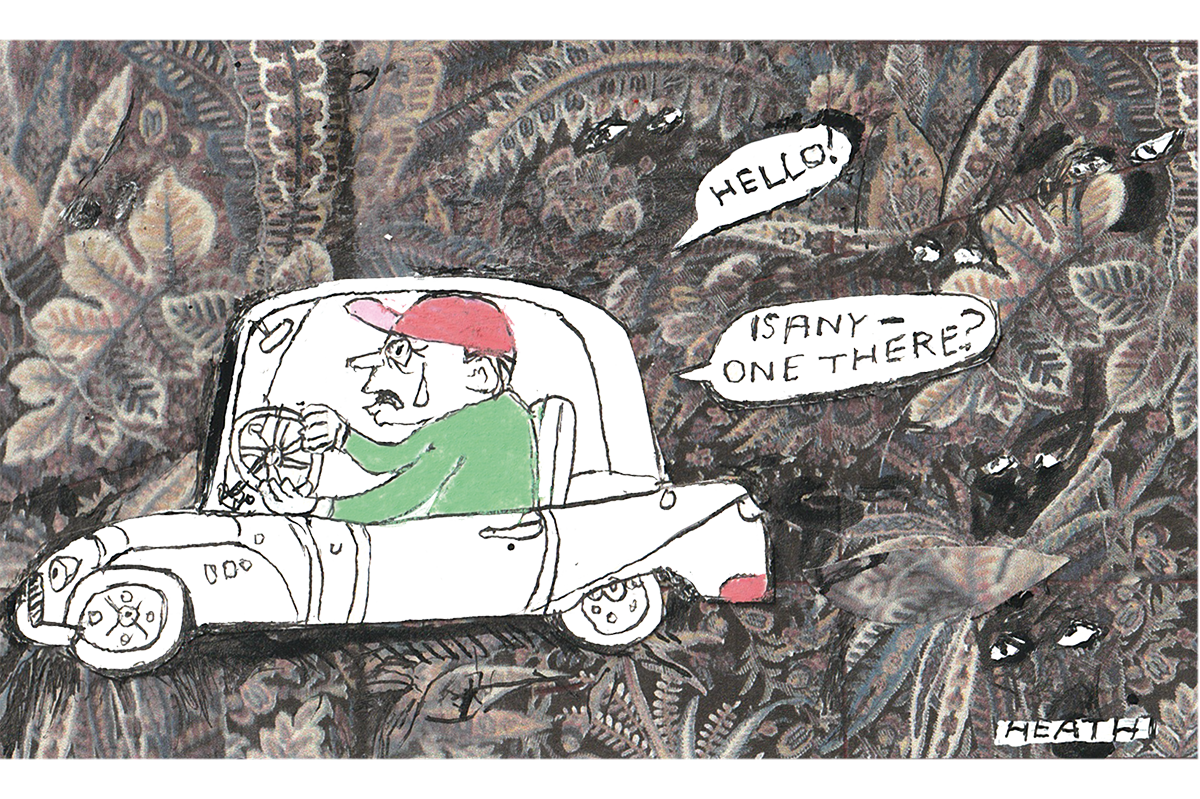
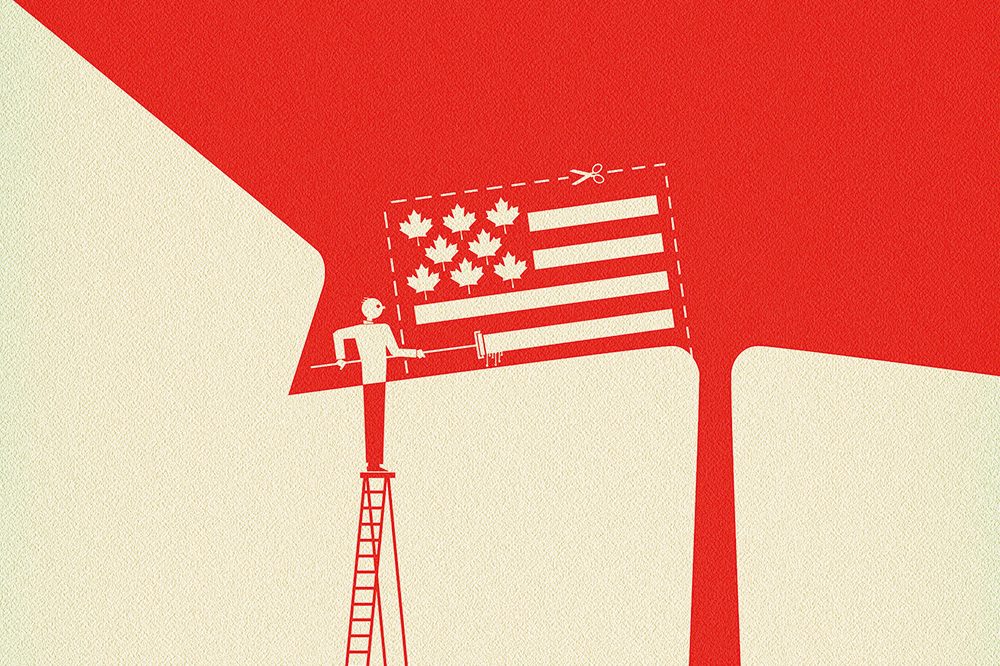

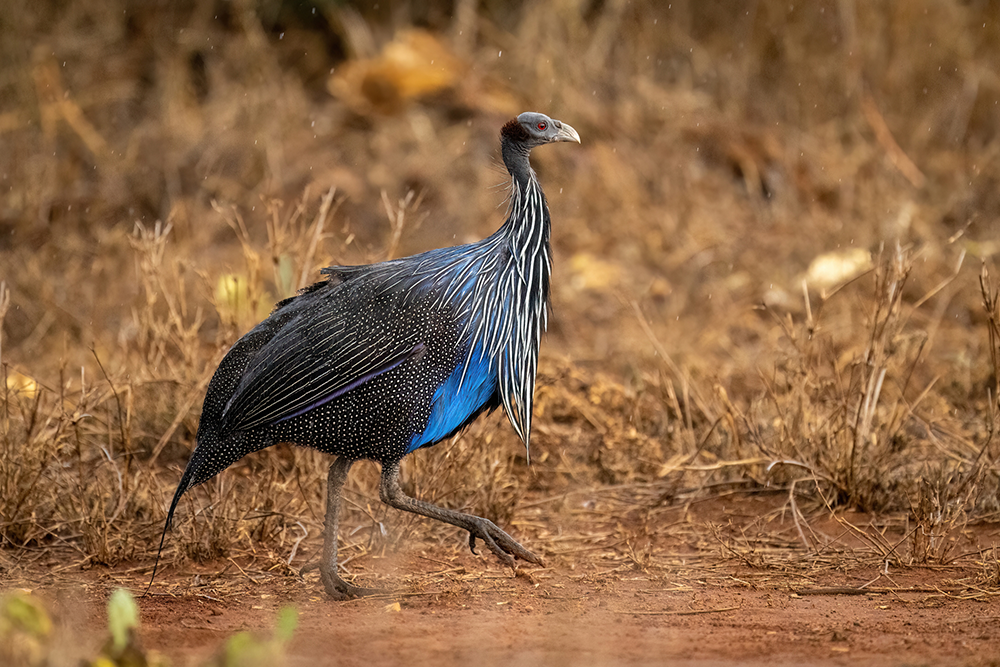
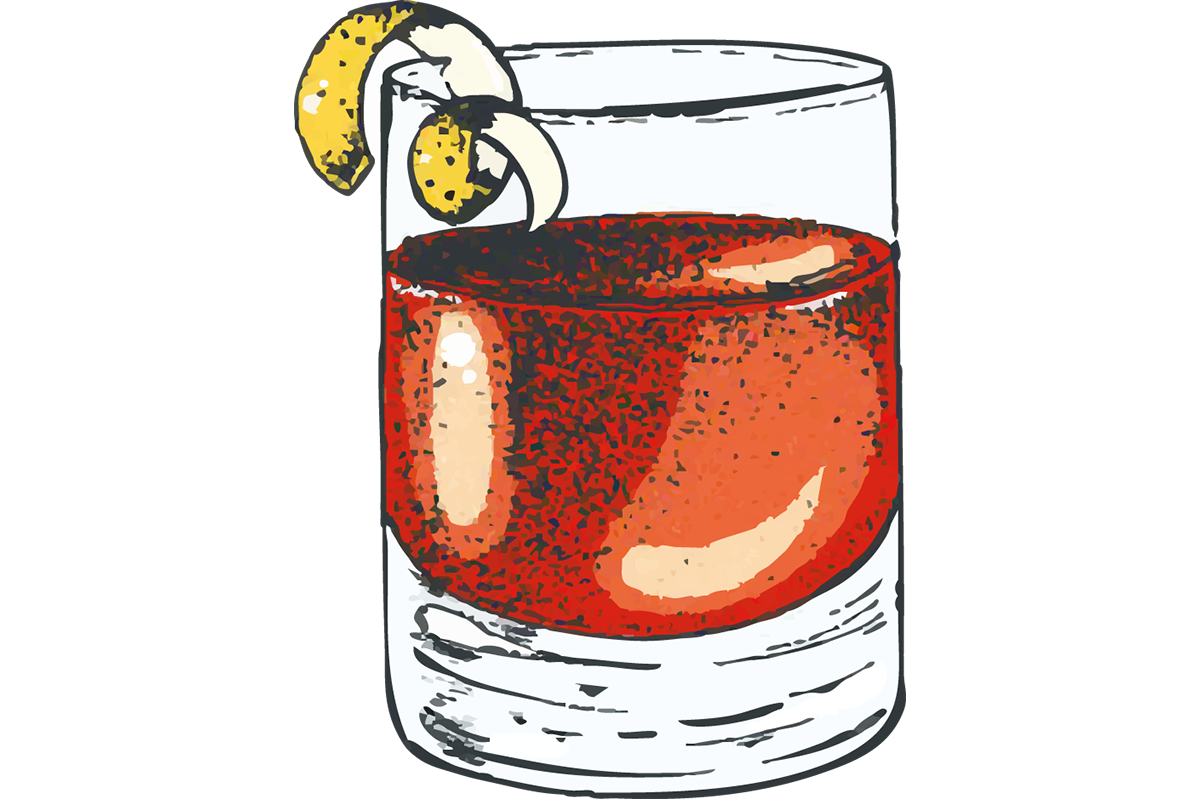







Leave a Reply